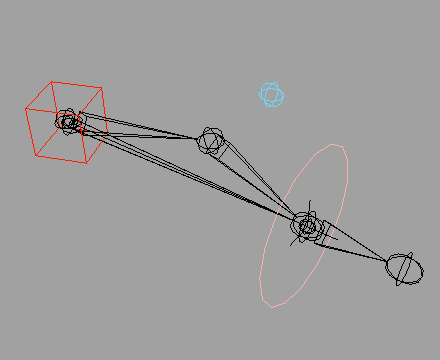Been a while since I posted. I recently dusted off my Grim IK maya plugin (two-bone solver with Soft IK, reversals, and FK blending built in), and built binaries for 2017 and 2018, Windows and Mac. It’s here:
https://github.com/kattkieru/grim_IK
I figure it didn’t get much traction for two reasons: no binaries, and no documentation. Binaries are done, and documentation will come in time, including a better example file. If you end up using this plugin, please let me know!

